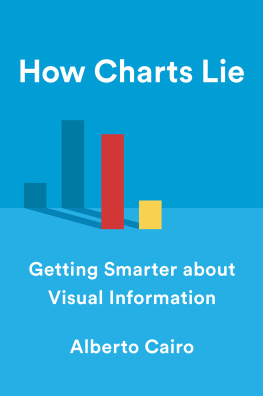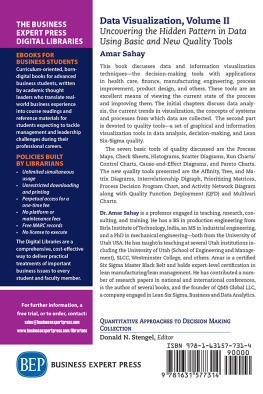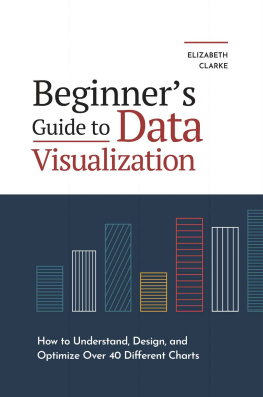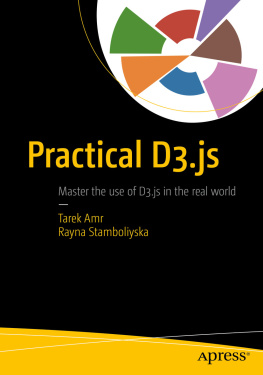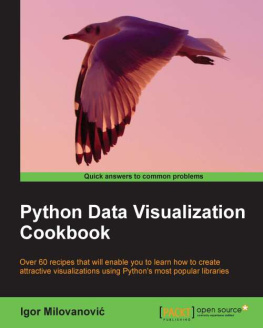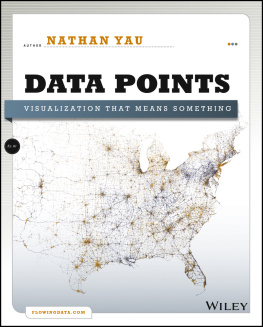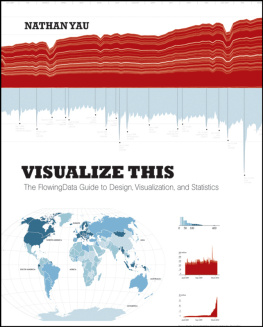The Functional Art
An introduction to information graphics and visualization
Alberto Cairo

The Functional Art
An introduction to information graphics and visualization
Alberto Cairo
New Riders
1249 Eighth Street
Berkeley, CA 94710
510/524-2178
510/524-2221 (fax)
Find us on the Web at: www.newriders.com
To report errors, please send a note to
New Riders is an imprint of Peachpit, a division of Pearson Education.
Copyright 2013 by Alberto Cairo
Acquisitions Editor: Nikki Echler McDonald
Production Editor: Tracey Croom
Development Editor: Cathy Lane
Proofer: Liz Welch
Composition: Kim Scott, Bumpy Design
Indexer: FireCrystal Communications
Interior Designer: Mimi Heft
Cover Designer: Mimi Heft, with Alberto Cairo
Media Producer: Eric Geoffroy
Video Producers: Amy Van Vechten, Andrew Wallace
Notice of Rights
All rights reserved. No part of this book may be reproduced or transmitted in any form by any means, electronic, mechanical, photocopying, recording, or otherwise, without the prior written permission of the publisher. For information on getting permission for reprints and excerpts, contact .
Notice of Liability
The information in this book is distributed on an As Is basis without warranty. While every precaution has been taken in the preparation of the book, neither the author nor Peachpit shall have any liability to any person or entity with respect to any loss or damage caused or alleged to be caused directly or indirectly by the instructions contained in this book or by the computer software and hardware products described in it.
Trademarks
Many of the designations used by manufacturers and sellers to distinguish their products are claimed as trademarks. Where those designations appear in this book, and Peachpit was aware of a trademark claim, the designations appear as requested by the owner of the trademark. All other product names and services identified throughout this book are used in editorial fashion only and for the benefit of such companies with no intention of infringement of the trademark. No such use, or the use of any trade name, is intended to convey endorsement or other affiliation with this book.
ISBN 13: 978-0-321-83473-7
ISBN 10: 0-321-83473-9
9 8 7 6 5 4 3 2 1
Printed and bound in the United States of America
Praise for The Functional Art
Welcome to Albertos world. Cairo has done it all in The Functional Art: Theory, Practice, Examples. And hes done it brilliantly. It is the most comprehensive and sensible book yet on real-world information graphics. We wont need another one for a long time.
Nigel Holmes
If graphic designer Nigel Holmes and data visualizer Edward Tufte had a child, his name would be Alberto Cairo. In The Functional Art, accomplished graphics journalist Cairo injects the chaotic world of infographics with a mature, thoughtful, and scientifically grounded perspective that it sorely needs. With extraordinary grace and clarity, Cairo seamlessly unites infographic form and function in a design philosophy that should endure for generations.
Stephen Few, Author of Show Me the Numbers
This book is long overdue. Whether youre just getting started visualizing information or have been doing it all your life, whether your topic is business, science, politics, sports or even your personal finances, and whether youre looking for a basic understanding of visualization or a detailed how-to reference, this is the book you were looking for. Alberto Cairo, a professional journalist, information designer and artist, shows how to visualize anything in a simple, straightforward, and intelligent way.
Karl Gude, former infographics director at Newsweek and graphics editor in residence at the School of Journalism, Michigan State University
The Functional Art is brilliant, didactic, and entertaining. I own dozens of books on visual information, but Cairos is already on the shortlist of five that I recommend to anybody that wishes to have a career in information graphics, along with those by Edward Tufte, Nigel Holmes, and Richard Saul Wurman. Cairo is one of those rare professionals who have been able to combine real-world experience with the academia.
Mario Tascn, director of the Spanish consulting firm Prodigioso Volcn
Using his enormous professional and academic experience, Alberto Cairo offers a first-hand look at the revolution in visual communication. This book is key to understanding the current situation of print and online information design.
Javier Zarracina, graphics director at The Boston Globe
The Functional Art is the perfect starting point for a career in information graphics and visualization, and also an excellent guide for those who already have some experience in the area. This is the first real textbook on infographics.
Chiqui Esteban, director of new media narratives at lainformacion.com, and blogger at InfographicsNews
This book is for Alice, Elena, and Julio.
And for Erica, of course.
Acknowledgements
Experience teaches you that the archetype of the self-made man is a myth with roots in humankinds relish for delusion. Lifes meanderings are determined by chance and luck, and the only thing we can do to funnel those factors is to ready ourselves to identify and seize opportunities when they pass by. We are the product of effort as much as we are shaped by the people who surround us. In this sense, I feel I am one of the luckiest individuals on Earth: I will start this book saying that curiosity is the most important trait any communicator should have. Therefore, I have to thank those who have ignited my curiosity throughout the years and have helped me focus it.
This book is, first, for my parents. When I was a kid, my dad prompted me to love books and good stories, both fictional and real, and to develop an insatiable hunger for new knowledge. Inadvertently, he also revealed to me how to summarize and convey information with images and how to be precise, concise, clear, and fun (or so I hope) when teaching others. In addition to being a medical doctor, my father is also an artist. He used to lecture on anatomy at a local university in Spain, and one of his former students once told me that, many years after graduating, the only classes he remembered from college were my fathers. He told me it was because of the beautiful diagrams and cutaways Professor Cairo used to sketch out on the blackboard while he talked.
From my mother, I treasure a most relevant lesson: Dont give up pursuing and defending what you have been able to prove to be true, no matter what.
Thanks to my editors, Nikki McDonald and Cathy Lane, at Peachpit Press. They believed in this project from the very first day, and they encouraged me to keep writing in times of fatigue.
To Luis G. Prado, my editor and publisher in Spain, scar Fernndez, from El Pas, and Ferrn Gimnez and Laia Blasco, two colleagues at the Universitat Oberta de Catalunya: Years ago, they prompted me to put what I knew about information graphics and visualization into writing, and they aided me in making sense of it.
I wish to thank several students of mine. First, Patricia Borns, who read almost the entirety of The Functional Art and gave me valuable advice on how to improve its style. This book is much more readable because of her. Eileen Mignoni and Sophia Dengo read and edited very preliminary chapters, years ago. I also got suggestions from Lex Alexander, Mel Umbarger, and Lauren Flowers, and from many other of my undergraduate and graduate students at the University of North Carolina-Chapel Hill and at the University of Miami.


